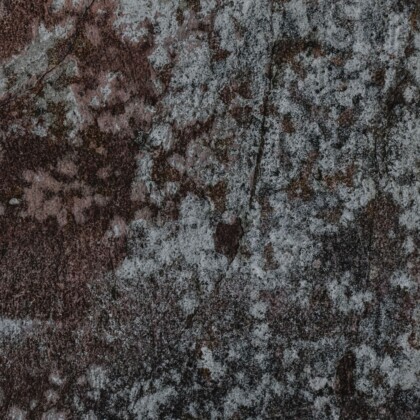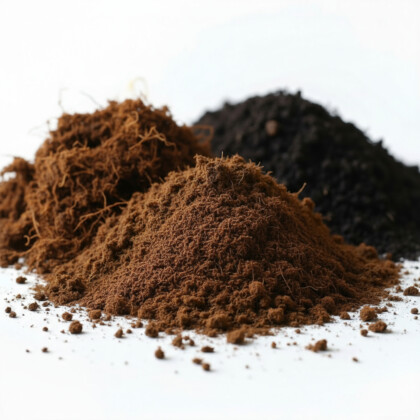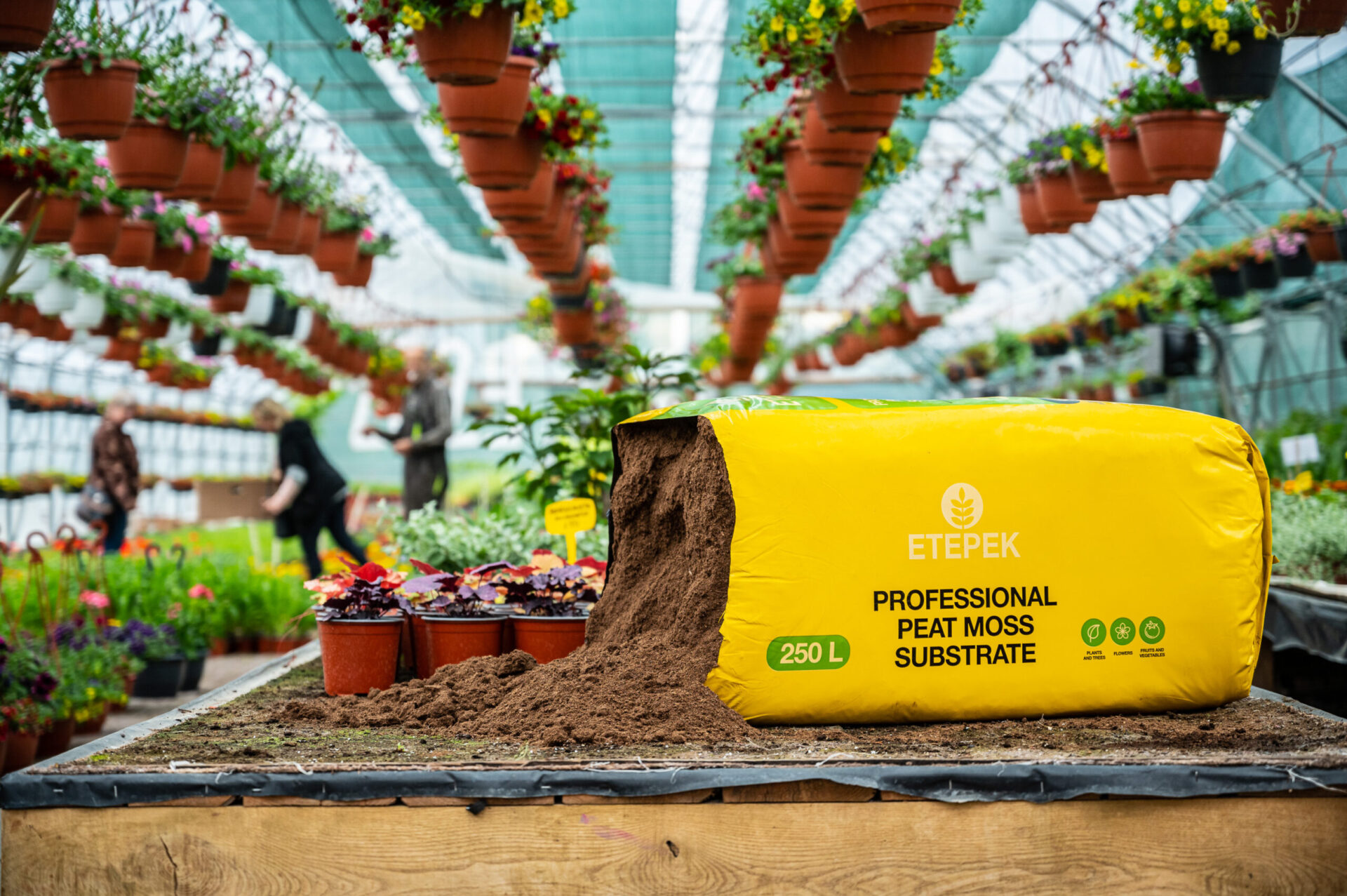

Peat moss is a natural soil enhancer that brings a range of benefits to your garden or container plants. In this guide, we’ll explore why adding peat moss to your soil is beneficial, along with a step-by-step process to make sure you do it correctly.
Peat moss enriches soil by holding moisture, improving texture, and providing essential organic matter. By adding peat moss, you can create an optimal growing environment for your plants that supports strong, healthy growth.
To understand the advantages of peat moss and learn the steps for adding it to your soil, keep reading!
Why Add Peat Moss to Your Soil?
Peat moss is an excellent soil additive with numerous benefits, helping soil retain moisture, improve drainage, and add vital organic matter that supports plant health and growth.
Peat moss is especially useful in heavy, clay-based soils, where it improves drainage and lightens the soil structure. For sandy soils, peat moss helps retain moisture, which is crucial in dry conditions. Its naturally acidic pH makes it ideal for acid-loving plants like rhododendrons and blueberries. Learn more about our peat moss substrates for blueberries here.
Curious about which plants thrive with peat moss? Explore our blog post here: “What Plants Like Peat Moss: Benefits, Recommendations, and Considerations.”
Benefits of Adding Peat Moss to Soil
Peat moss provides several benefits for your soil, enhancing its structure, moisture retention, and overall fertility.
Peat moss aerates the soil, allowing roots to breathe and grow freely. It acts as a natural sponge, holding moisture and ensuring plants remain hydrated during hot, dry weather. Additionally, peat moss gradually decomposes, adding organic nutrients that enrich the soil over time.
How to Add Peat Moss to Your Soil: Step-by-Step
Choose the Right Type of Peat Moss: Peat moss is available in various forms, so select one that suits your soil type and plants. For heavier soils, look for peat moss with higher acidity to improve structure and drainage.
Moisten the Peat Moss: Peat moss can be very dry, so it’s essential to moisten it before mixing it into the soil. Soak it in water for a few hours or sprinkle water over it just before application. This helps it blend well with the soil and ensures even moisture distribution.
Mix Peat Moss Evenly into the Soil: Spread a layer of peat moss, around 2–4 inches thick, over the soil surface and mix it into the topsoil. Adjust the amount based on your soil type and plants’ needs.
Adjust Peat Moss for Specific Plants: Some plants, especially acid-loving varieties, thrive in soil with higher peat moss content. Customize the peat moss amount according to your plants and soil needs.
Reapply Peat Moss Annually: Peat moss gradually breaks down, so it’s a good idea to reapply it once a year to maintain soil quality and keep your plants’ environment optimal.
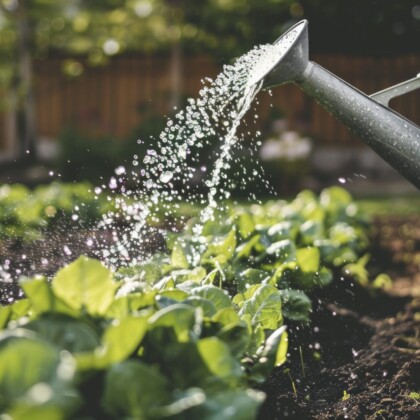
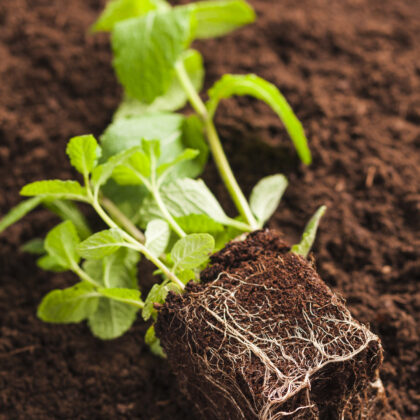
Our commitment to quality
We use advanced technology and adhere to strict quality control measures throughout our manufacturing process, every batch is produced by EN1280.
EN1280 standard
Peat moss and substrate products are made from highest quality additives to achieve best results.
Highest quality
Peat moss and substrate products are made from highest quality additives to achieve best results.
Great logistics
Peat moss and substrate products are made from highest quality additives to achieve best results.
Loading norms
Loading norms and packing specifications can be affected by various factors, for example chosen product type specifications, seasonal weight changes of a product or a specific destination countries’ weight limits.
